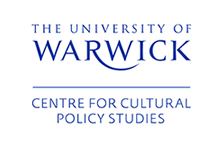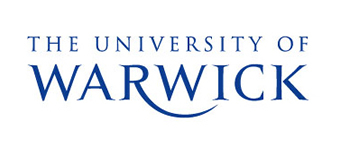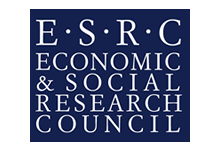If you are one of those people that enjoy reading while drinking coffee at a Starbucks then perhaps this article is just for you. In the next few paragraphs I will explain you how supply chains have enabled you to enjoy a nice Ethiopian coffee at whatever part of the world you are reading this right now.
Starbucks uses like most restaurants the production strategy make-to-stock, which means production is performed in expectation of a customer order. However the company wouldn’t be as successful if it had to send one of its workers to Africa each time you come for your daily espresso. Therefore, in order to decrease the time of coffee deliveries and decrease its transportation costs (no not the flight ticket to Ethiopia :)), the company aims to manufacture in the region where the coffee is sold.
Starbucks owns five coffee roasting plants, four of them in the US and another in the Netherlands. Additionally the company works with 24 contract manufacturers in the US, Canada, Europe, Asia and Latin America.
The company has a multiple sourcing strategy. The suppliers of the coffee beans are mainly located in Latin America, Asia and Africa. The Starbucks Corporation mainly delivers the unroasted coffee in ocean containers to the US and Europe. From the port of entry the goods get trucked to a storage site close to one of the coffee roasting plants. Once the beans are roasted and packaged the coffee is delivered to regional distribution centers by truck. In total Starbucks runs nine regional distribution centers, five in the US, two in Europe and two additional in Asia. Each of these centers covers 200000 to 300000 square feet. Other goods needed to run a coffee shop are also stored there. From there the products get delivered either directly to the store or to central distribution centers which are smaller warehouses. In total the Starbucks corporation owns 48 central warehouses worldwide.
If you still are a bit reserved towards the importance of the supply chain then think about this. Your coffee has traveled around 2000km from the source to your cup.








